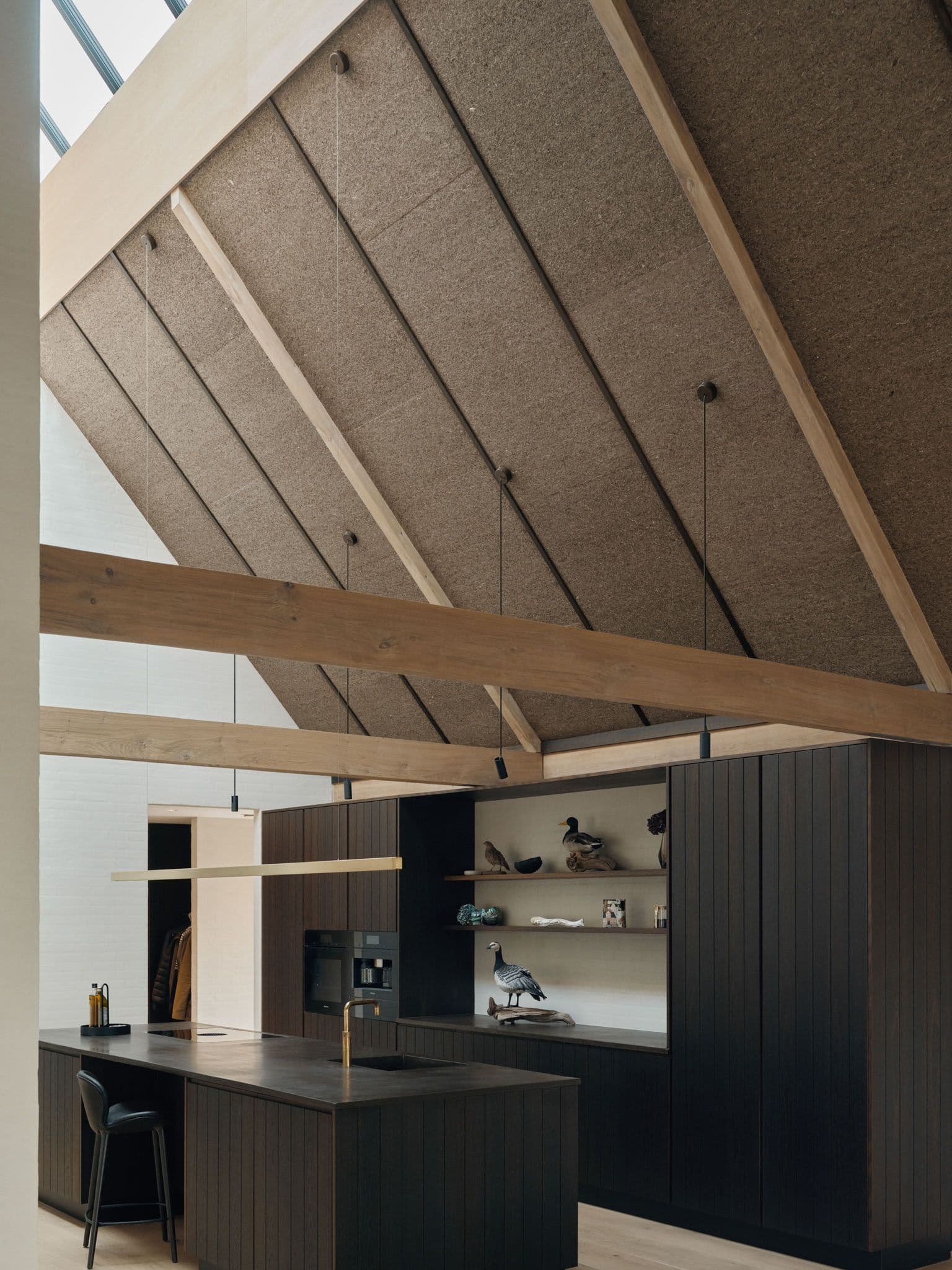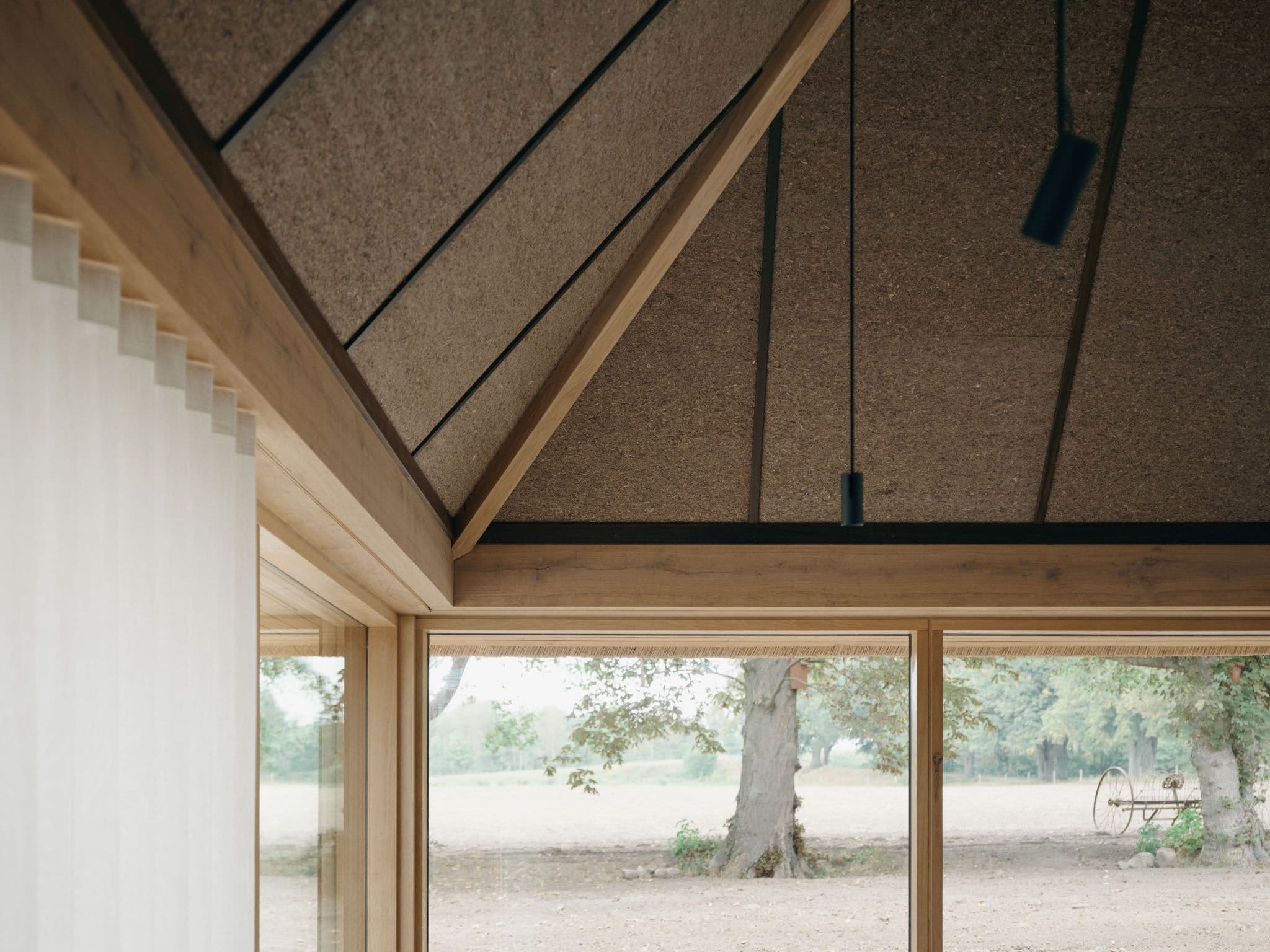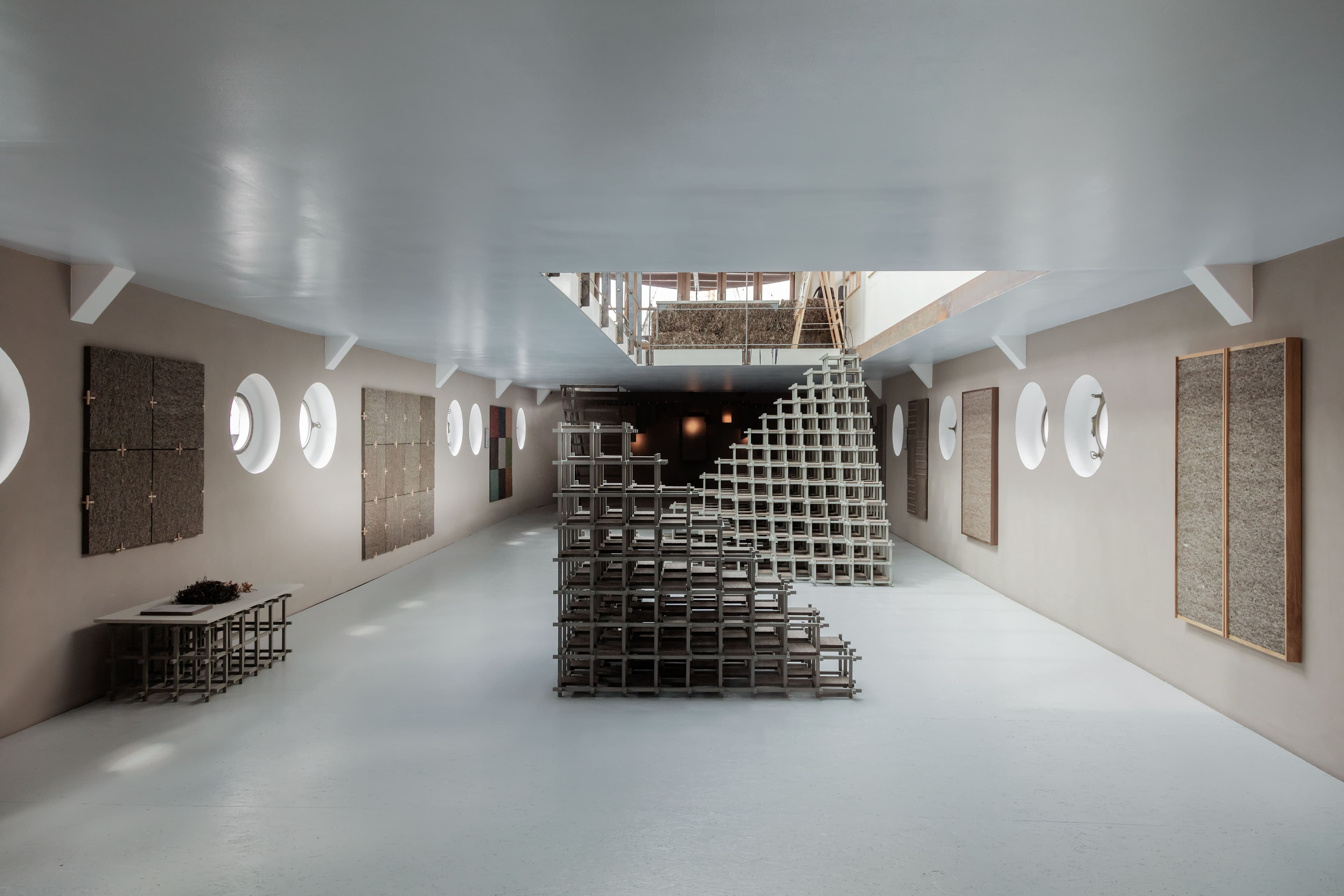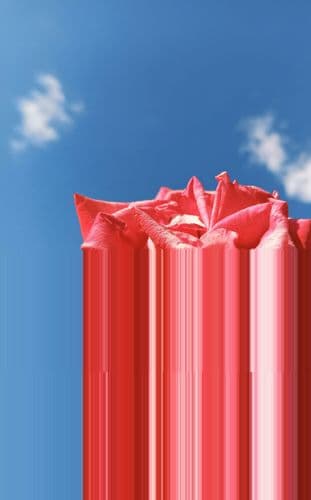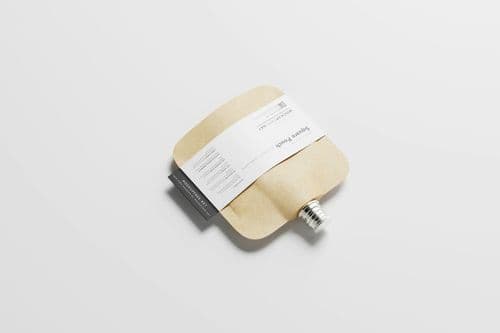Key Points
- Harvested eelgrass is dried and locked into long-life boards and mats, storing captured carbon for decades; end-of-life products are reclaimed and re-made.
- Scaling works with coastal farmers; investment in collection tech has lowered emissions as volume grows.
- Recycling is built in: offcuts and returned panels are re-shredded, binder reactivated, and reincorporated (up to ~30% per mat) without extra adhesives.
- Beyond acoustics, upholstery trials replaced PU foam; focus remains on interiors where material quality and aesthetics are valued over price-driven insulation markets.
- Museum and exhibition work (Louisiana, 3daysofdesign) used eelgrass boards for tactility, air feel, and room control, linking Danish craft heritage to industrial production.
Full imterview with Søuld
How does Søuld ensure sustainability throughout its entire production lifecycle, including end-of-life product circularity?
Sustainability involves carefully designing products and procedures around the raw materials they are based on. Søuld’s products are made from eelgrass, a plant that grows in underwater meadows. Eelgrass follows a natural cycle where its leaves grow long and strong before falling off during windy weather in the summer, fall, and winter. Some of these leaves float ashore, where our suppliers collect them while they are still fresh and green. Instead of being left to decay on the shore, where it would emit CO₂ and methane into the atmosphere, the eelgrass is dried. When dried, eelgrass fibers can last for centuries, as demonstrated by the eelgrass roofs on Læsø, which can endure for 200–400 years. Transforming eelgrass into a construction material that can be utilized and understood by contemporary builders ensures the carbon captured in the plants is stored for decades within buildings. At the end of its lifecycle, we can reclaim the products, shred them, and incorporate them into new Søuld Acoustic Mats and Boards.

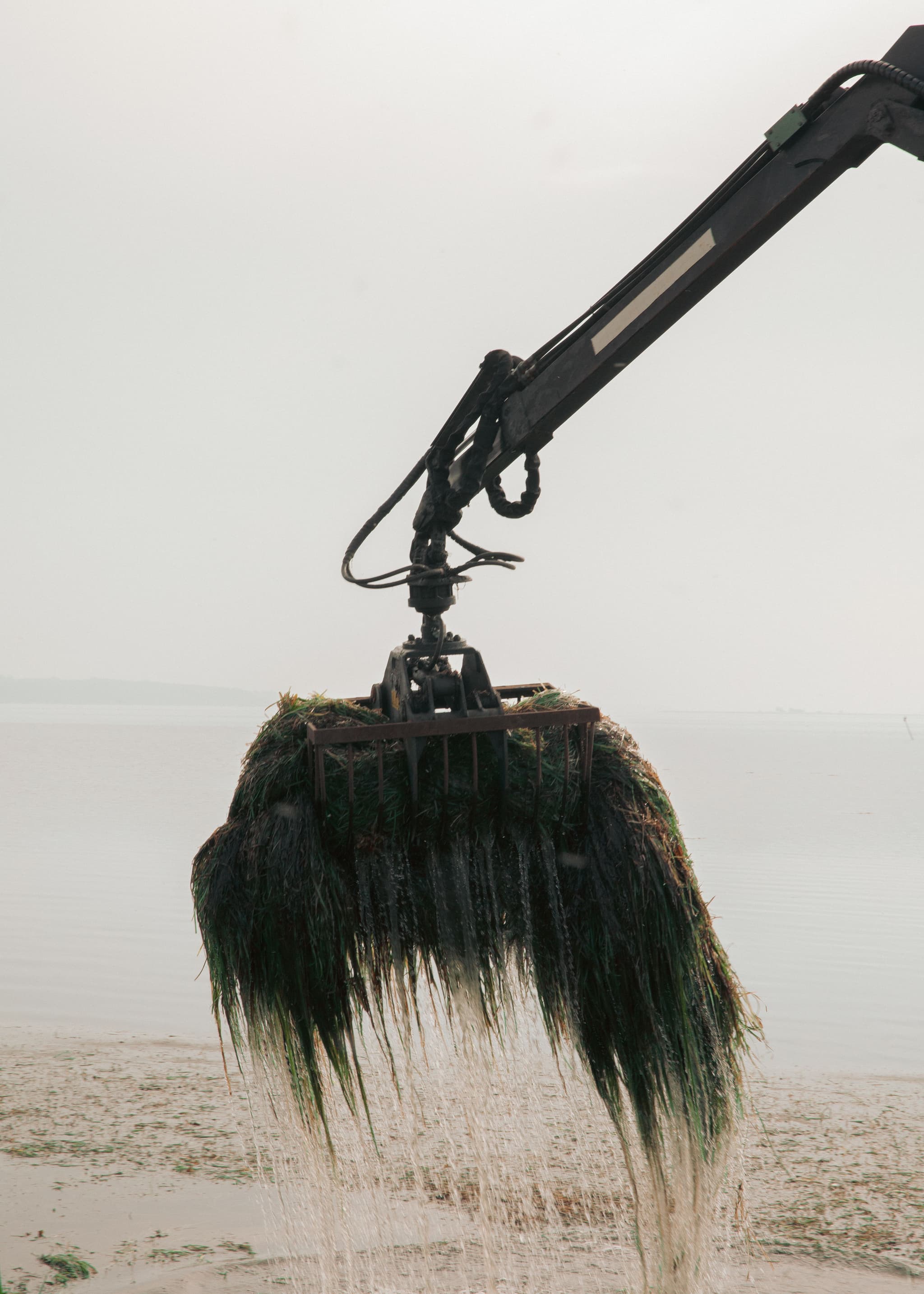
What are the primary technical challenges of scaling up eelgrass production while maintaining low emissions and high durability?
We are scaling up eelgrass collection in collaboration with our suppliers, primarily farmers with land near the coast. It began on a very small scale, with a few farmers using whatever equipment they had available. As we’ve scaled up, and as our suppliers have grown more confident in Søuld as a business, it has become easier to innovate and invest in technology that reduces the footprint of eelgrass production. So far, scaling has only improved the environmental footprint. Based on current projections, the more Søuld we can install in buildings, the more carbon will be stored for decades.
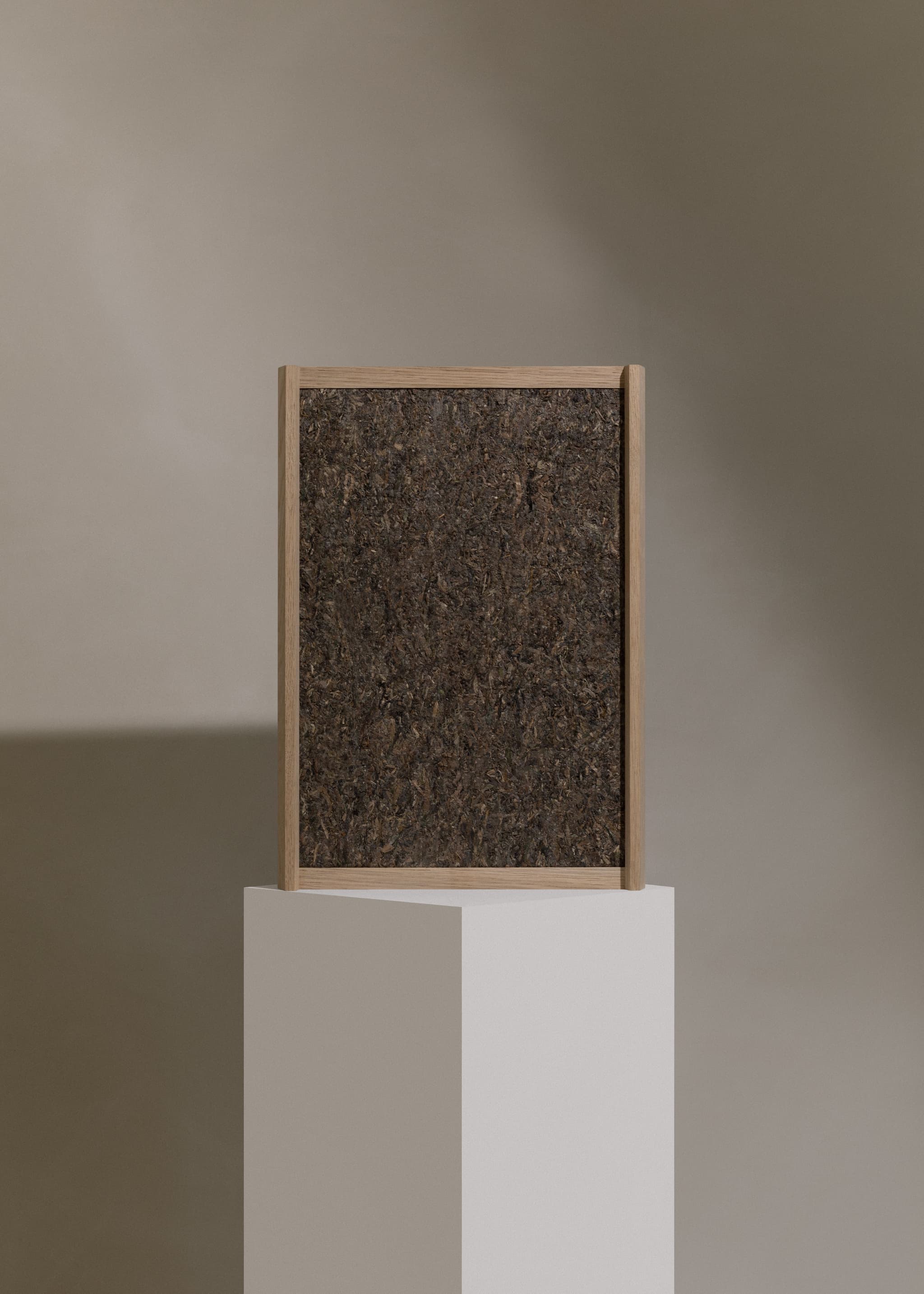
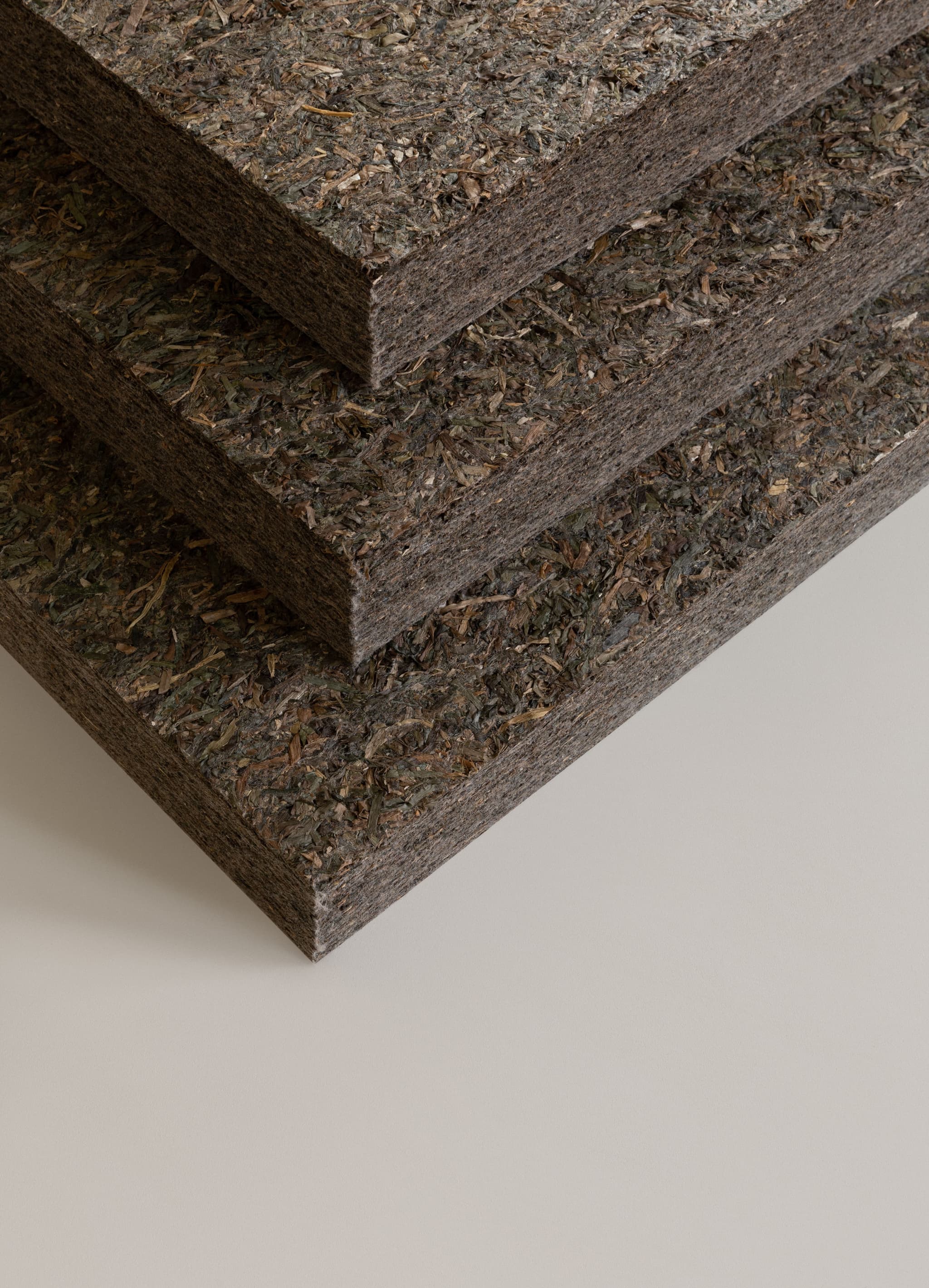
What innovative applications of eelgrass do you foresee beyond acoustic solutions, and how might Søuld expand its portfolio to address emerging needs in architecture and design?
We previously explored applications in the field of insulation for the construction industry. However, as our products do not align economically with a price-driven market, this direction did not make sense for us in the long term. Moreover, we wanted to engage with an industry where we could highlight the aesthetic qualities of our beautiful material, allowing it to serve not only as a technical solution but also as a medium that adds a new dimension to design.
Another area we have worked in is upholstery, where we supplied mats for furniture padding. For example, we collaborated with A. Petersen, replacing traditional polyurethane foam with our mats, a sustainable alternative to the most commonly used material in furniture upholstery. While this is a field we may revisit in the future, our current focus is on excelling within the acoustic solutions industry.
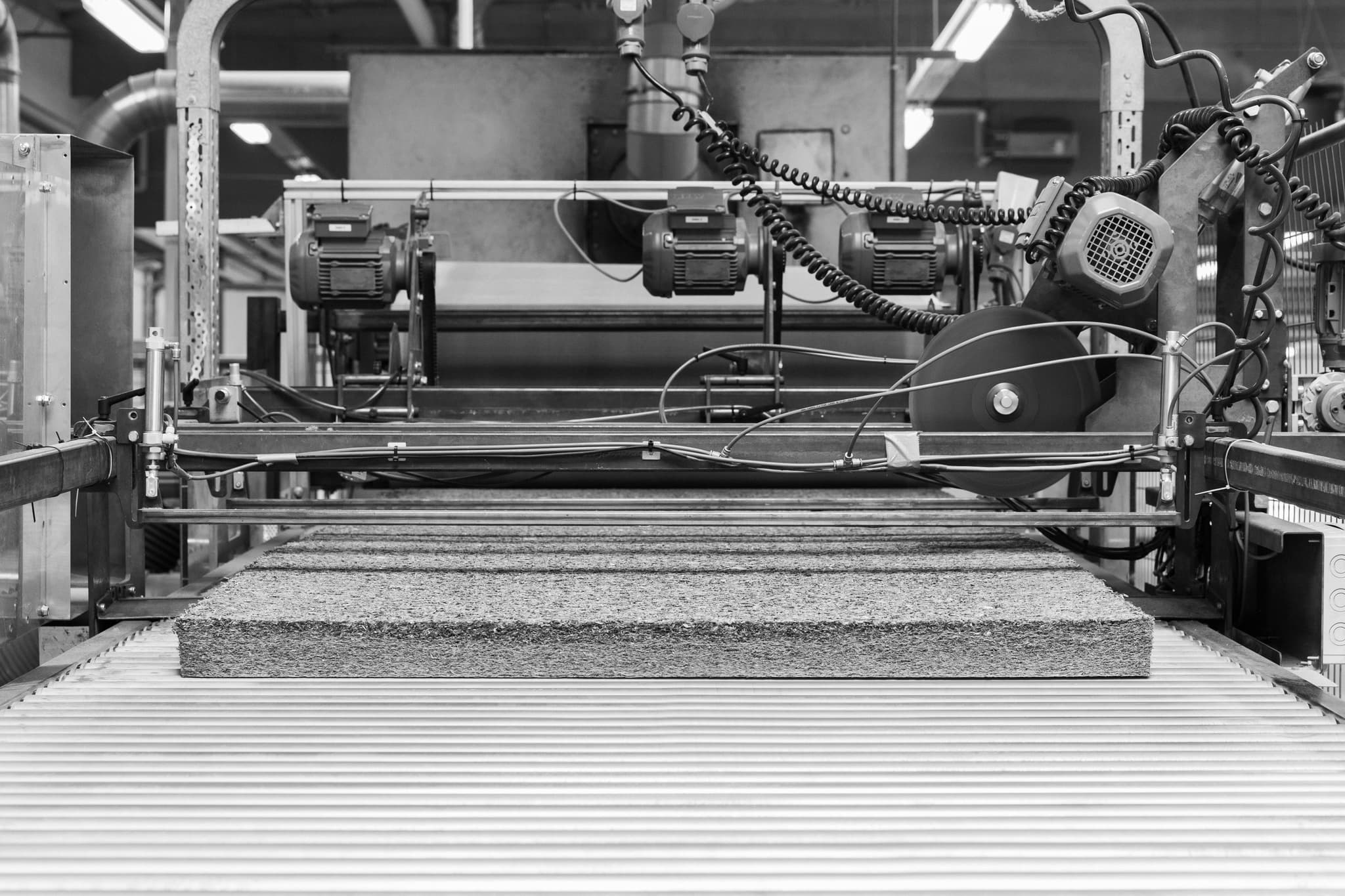
What are the technical challenges in re-shredding used eelgrass mats to create second-generation materials, and how do you maintain quality and consistency in this process?
We have already integrated the capability to retrieve and process old mats (or panels) into our production system. This approach builds on our existing practice of recycling all production offcuts by breaking them down into high-quality fibers, which are then incorporated into our acoustic mats and panels.
A key advantage of our process is the ability to reactivate the binder in the material without requiring additional adhesives, enabling us to reuse it effectively. This method allows us to produce products of the same high quality as our current offerings, with a recycling factor of up to 30% within a single mat.
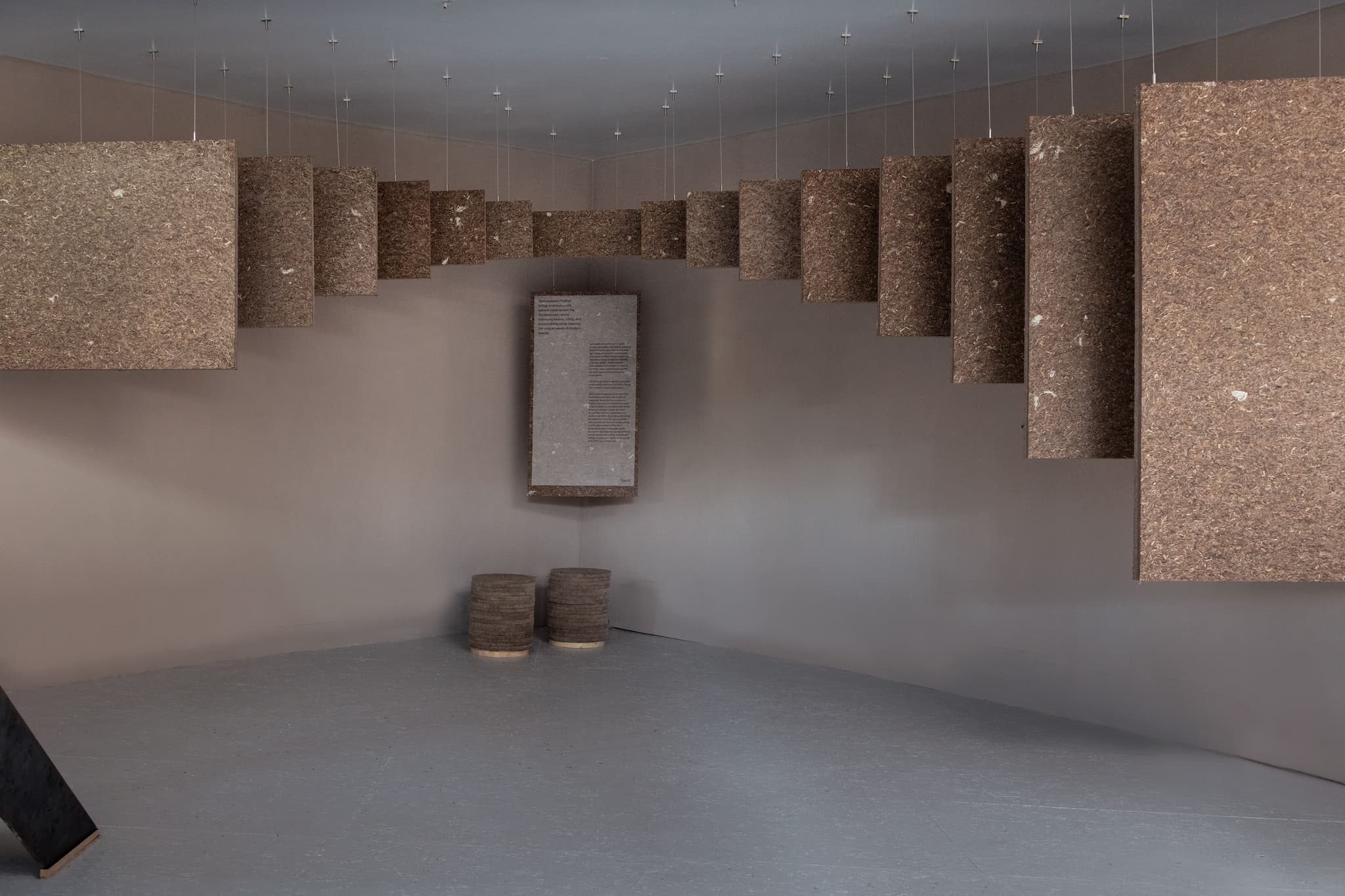
How does the inclusion of Søuld Acoustic Boards in Emilija Škarnulytė’s Aphotic Zone installation at the Louisiana Museum of Modern Art enhance the sensory experience of the exhibition?
We were approached by the Louisiana Museum of Modern Art after Emilija Škarnulytė specifically requested our material for her exhibition. The concept was to use our material to enhance her mesmerizing underwater film by evoking the depth and scent of the sea.
Our material plays a fascinating role in this context, subtly carrying a hint of the ocean. Upon entering the large, dimly lit room, visitors are surrounded by walls clad with our panels from floor to ceiling. In the absence of light, visitors are compelled to engage with the walls through touch, discovering that they are not cold and hard but warm, soft, and pleasant to the touch. This tactile quality beautifully complements the film’s frequencies, while the panels contribute to a comfortable acoustic experience within the expansive space.
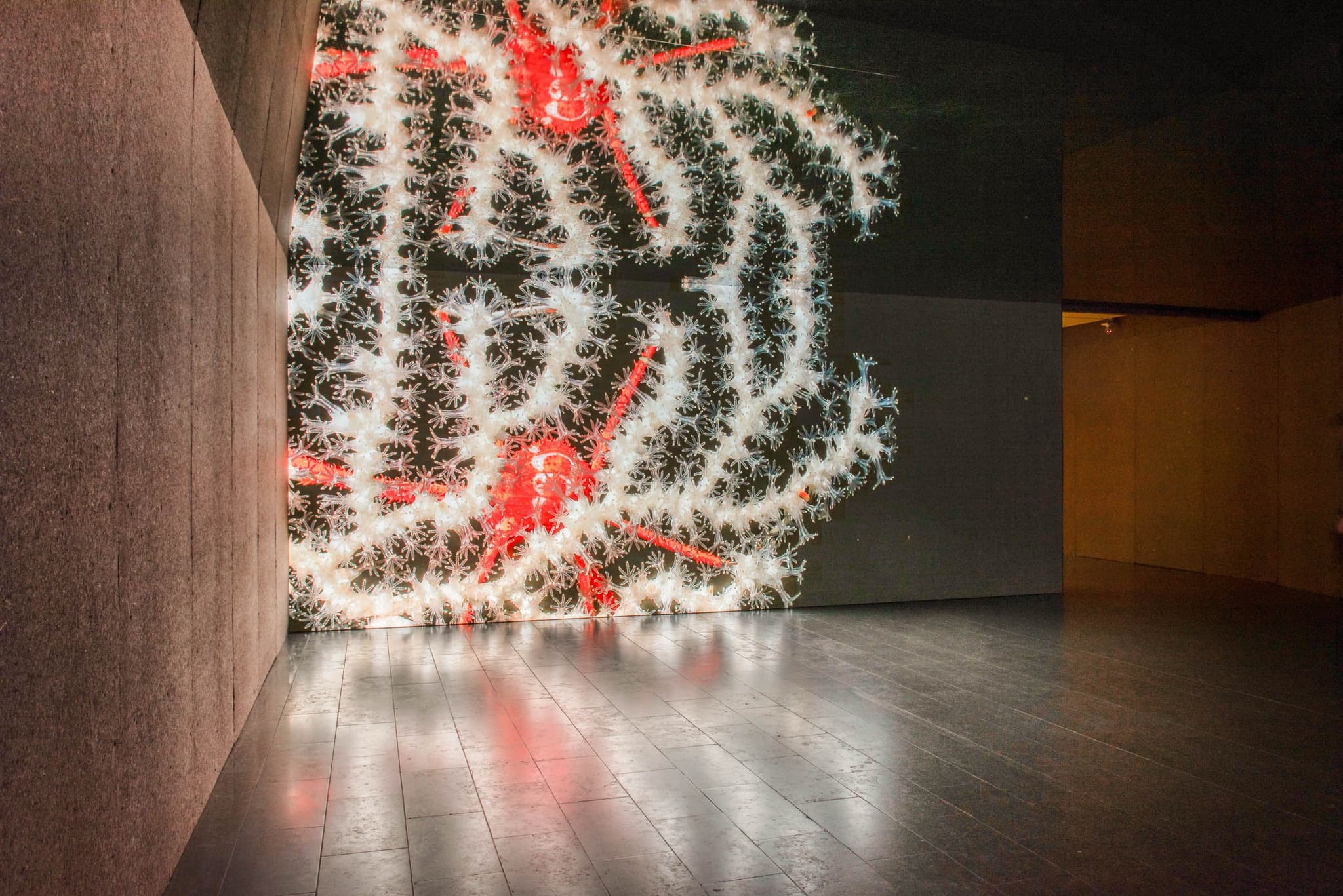
In the From Coast to Craft exhibition for 3Daysofdesign, how did Søuld represent the transition from eelgrass's historical applications to its modern, industrialized uses?
Set aboard a rustic boat, our 3daysofdesign 2024 exhibition explored the aesthetic transformation of eelgrass from its traditional use in thatched roofs on the Danish island of Læsø to its contemporary application in Søuld’s acoustic products and designs. The old steel boat served as the perfect mediator, symbolizing our work at the intersection of nature, craftsmanship, industrialization, and design, not only as a metaphor for the industrialization of design but also as a physical representation of the movement from steady ground to the floating vessel.
On Læsø’s thatched roofs, eelgrass is shaped by external forces such as gravity, wind, and weather, which dictate its form and expression. Through industrial production, our design process, much like the boat, seeks to liberate the material, transforming it into timeless acoustic products. Our work passionately reinvents Denmark’s forgotten seaweed house heritage. After a decade of research and development, we have emerged as one of the few experts in eelgrass and are the first company to convert this material into CO₂-neutral building and design solutions that combine exceptional acoustic performance, safety, and durability with sustainability and modern aesthetics.
The centerpiece of the exhibition was “a pile of eelgrass,” serving both as a medium and a concept. Eelgrass is a natural resource that reproduces annually in the sea and washes ashore without human intervention. Traditionally, creating a pile of eelgrass on the beach is the first step for eelgrass farmers, as it allows the water to drain from the fibers. The eelgrass is then dried in nearby fields by the sun and wind. The two piles of eelgrass in our exhibit symbolized the journey from water to land, from untamed to structured, and from nature to craftsmanship.
Søuld’s eelgrass products reflect the material’s unique ability to transform while retaining nature’s raw beauty. Over the course of 3daysofdesign, this dynamic installation evolved with each visitor’s interaction, subtly altering the ambient acoustic atmosphere. Visitors participated in the transformation by selecting a piece of the installation to take home, contributing to its ongoing narrative: From Coast to Craft, Tradition to Timelessness, and Untamed to Refined.

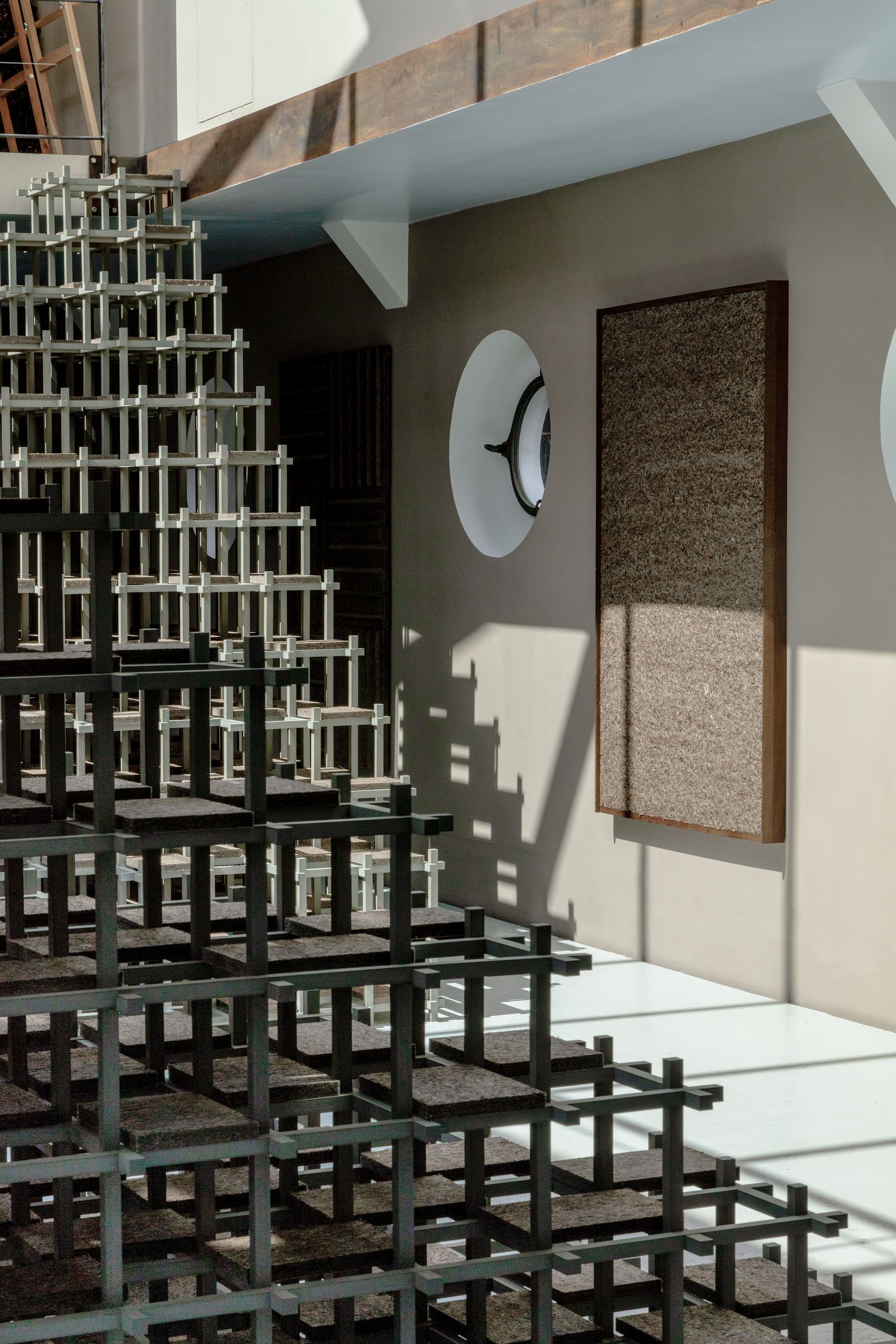
For bespoke private projects like the villa in South Zealand, what specific design considerations or innovations does Søuld prioritize to meet the client’s vision?
We always strive to pair seagrass with complementary materials that enhance the texture of our products and possess the potential to age gracefully. Whenever possible, we prioritize working with unprocessed materials. Like natural wood, seagrass has the unique ability to absorb the passage of time, a characteristic we view as central to its value. When collaborating with clients, we focus on leveraging the inherent qualities of materials selected with this philosophy in mind.
This approach also aligns with sustainability principles, as unprocessed materials typically have a lower environmental footprint and a favorable Life Cycle Assessment (LCA).
In our work, we primarily engage in direct dialogue with architects and designers, who incorporate our materials into projects for their clients. Consequently, we have designed only a few projects directly for end clients. Nevertheless, we consider ourselves an essential partner to design studios, helping to bring sketches to life through thoughtful materialization.
